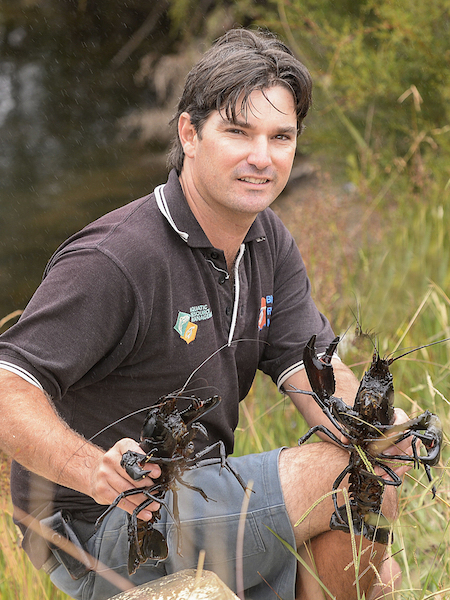
News & Views
More hatcheries, more growers needed for booming Marron industry
December 5, 2016 By Quentin Dodd
 According to the Western Australia Marron Growers Association
According to the Western Australia Marron Growers AssociationWestern Australia breeds and produces more marron crayfish than anywhere else in the world. And according to the WA Marron Growers Association the sector could grow even more.
“As an industry you could never oversupply the demand that’s potentially out there,” said incoming association president Stephen Vidovich in a media interview. It is hoped that the industry will be able to meet demand from existing markets in Hong Kong and Singapore.
Ray Harris, a senior official with the association, is cited as saying that it’s not as simple as growing more marron. The industry needs to take “giant leap of faith” and invest in new facilities, operations and systems to efficiently increase output, supply and transport.
Harris has been breeding and producing marron for 12 years at the Hey Ray Retreat in Northcliffe. He explained to Hatchery International that marron breed and grow without requiring much attention.
Each female produces eggs for the male to fertilize. The marron emerge from the eggs under their mother’s tail as tiny crayfish.
After they are born the crayfish are moved to ponds which are approximately1,000 square metres in area and1.3m to 1.9m deep. The addition of many small flowerpot-shaped shelters that are about 10 cm across, provide ‘hides’ for them. As many as eight or nine marron will occupy a ‘hide.’
The first grading is done in June when each pond is drained and the marron sorted and moved into other ponds.
“You wind up with the babies in one third of the ponds, one-year-olds in another third, and the two-year-olds (ready for harvest) in the other,” he explained.
Harris harvests an average of about 180-200 kg of market-size marron per pond.
— Quentin Dodd
Print this page





